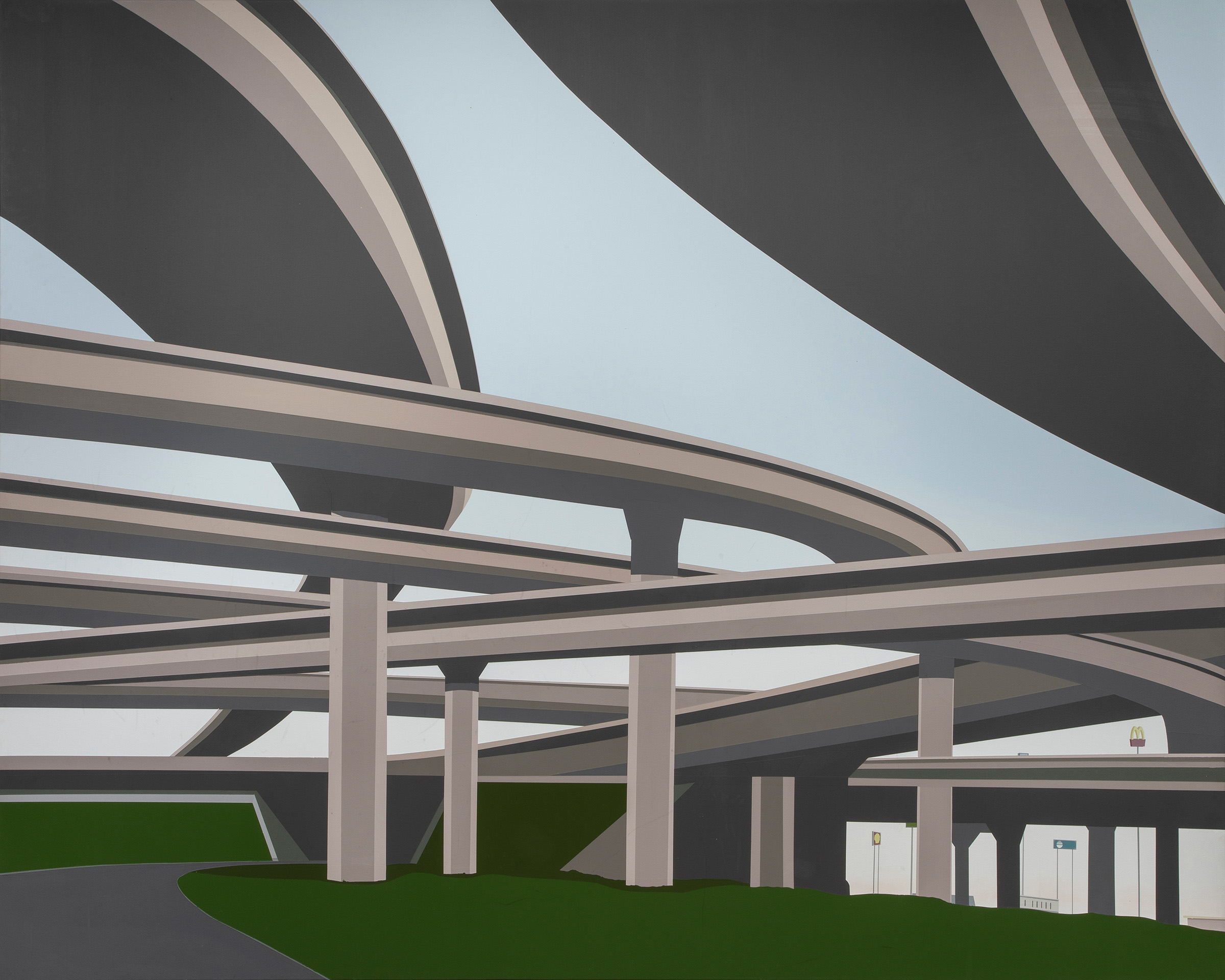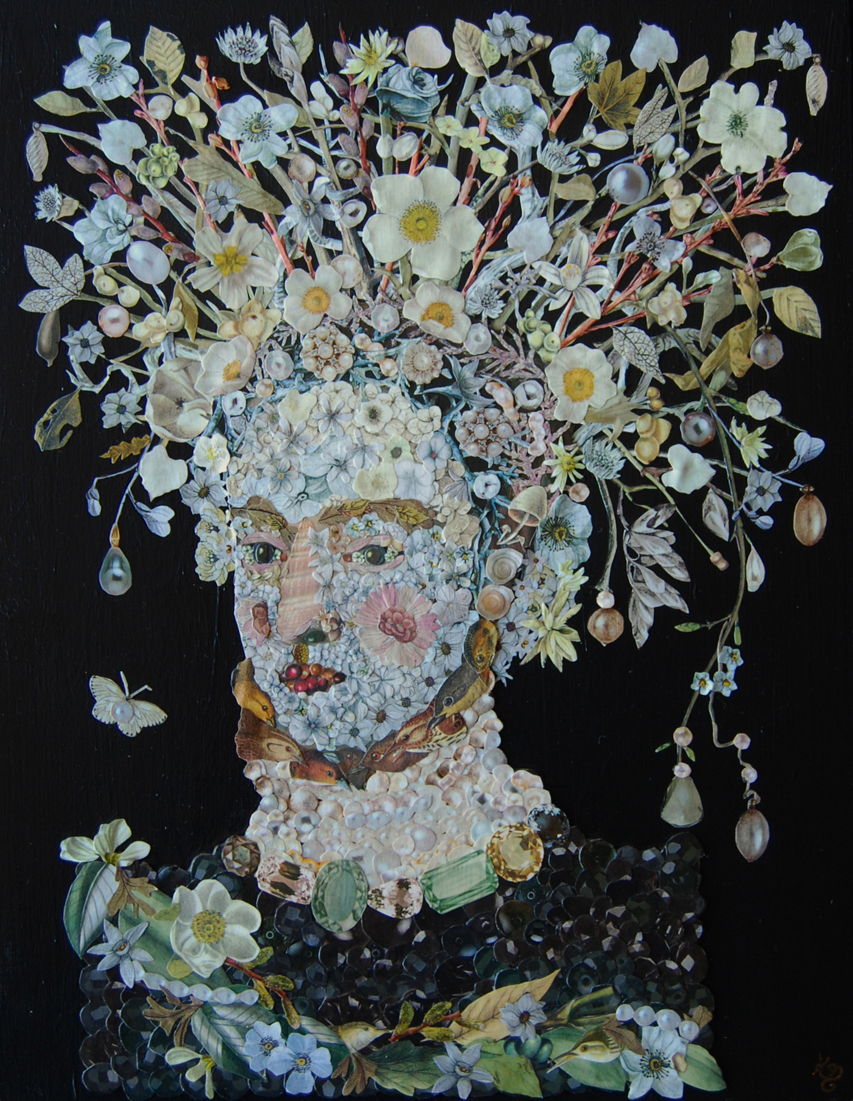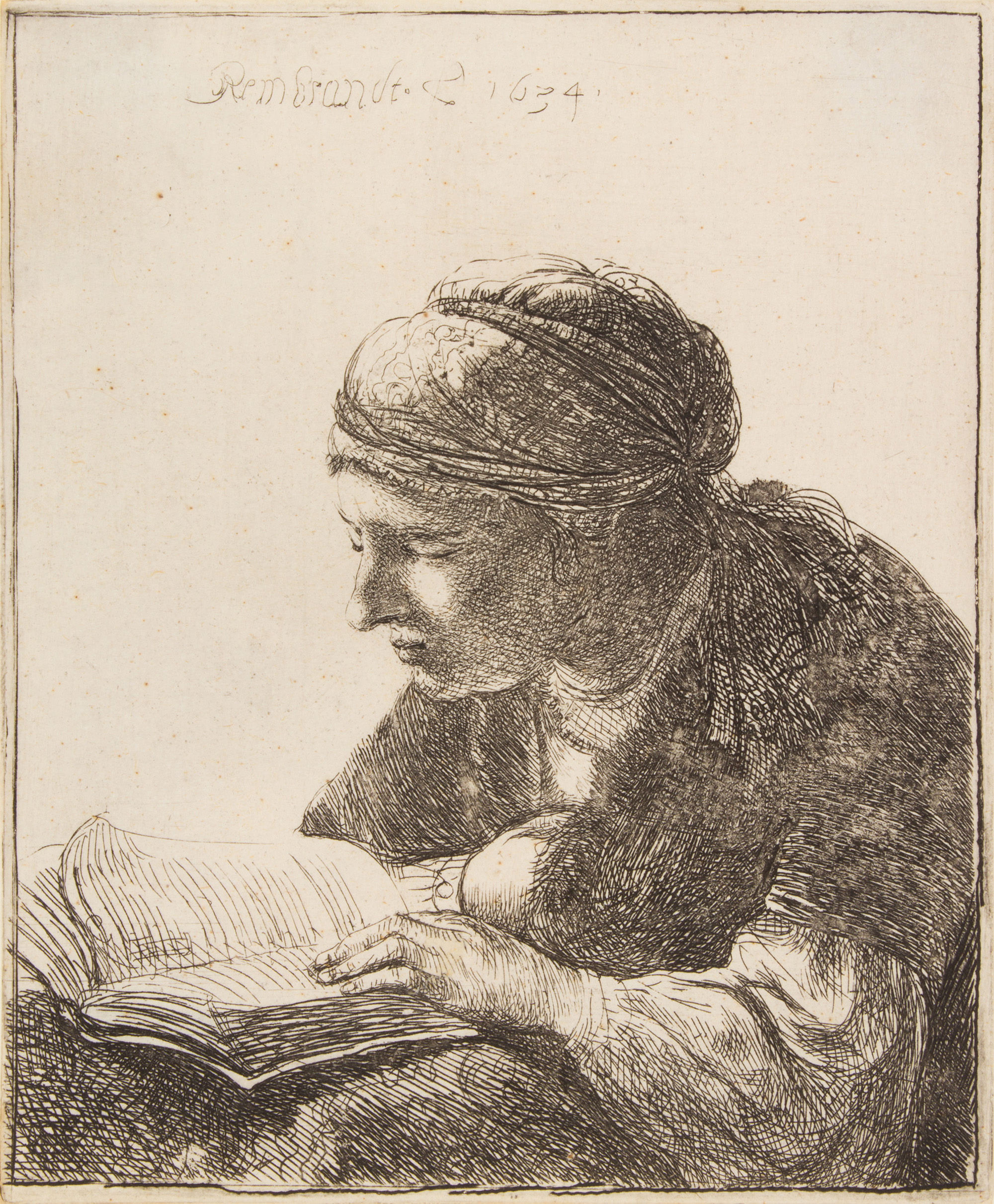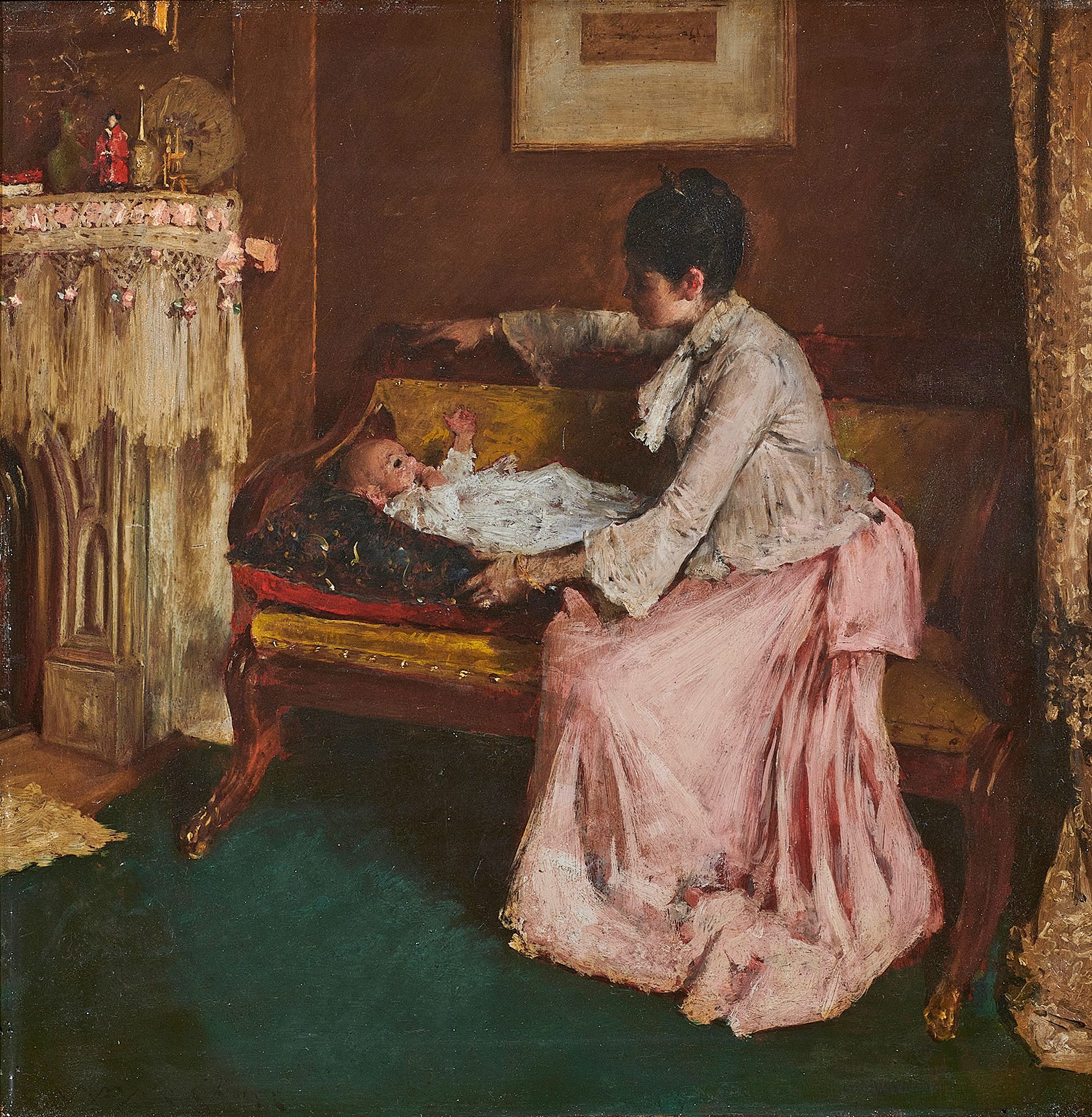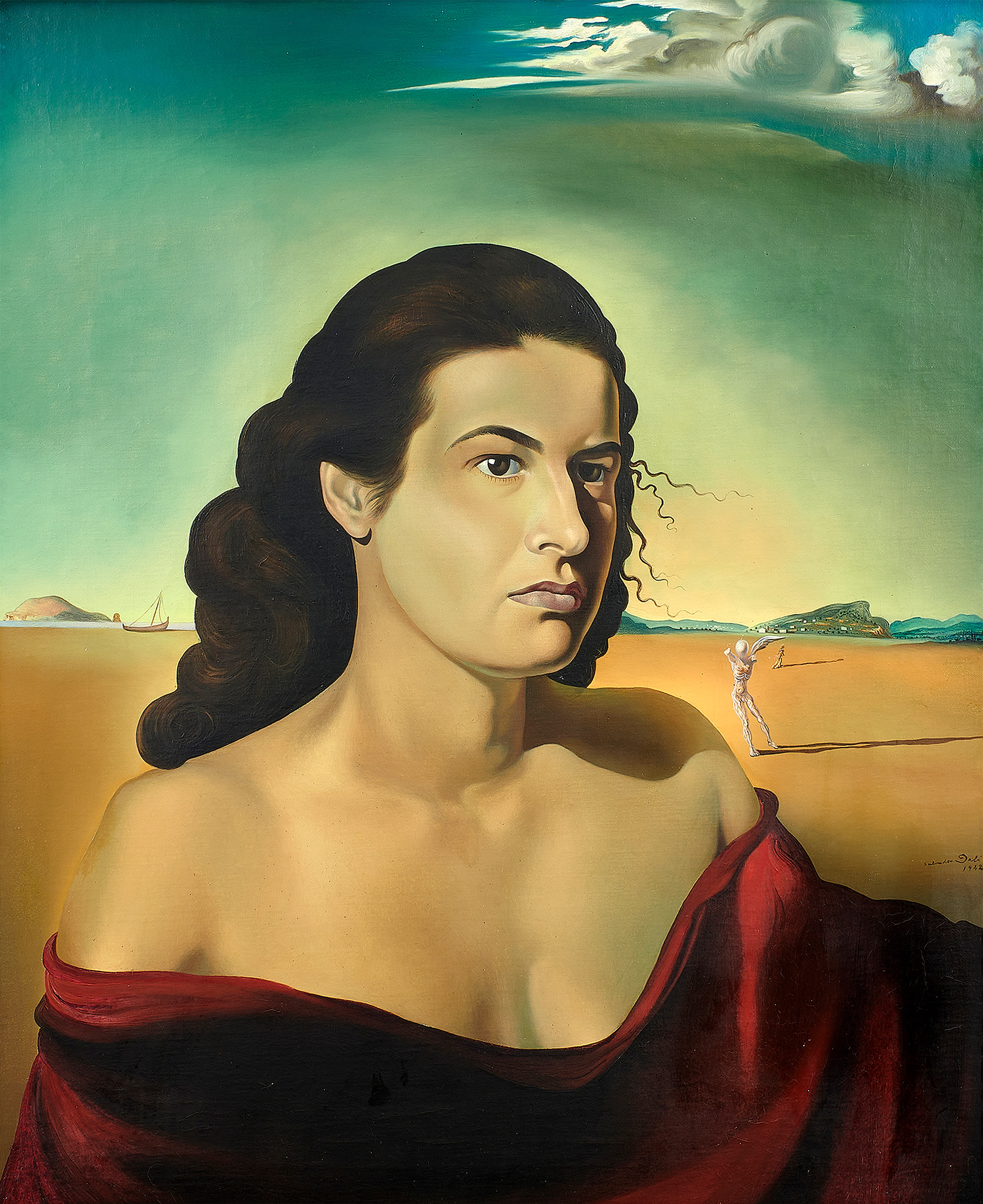While attending the Nihon Bijutsuin art school in Tokyo, Japan, Okayama-born artist, Chiura Obata, was trained in both Japanese and Western painting techniques — a unique education that would influence his style over the years.
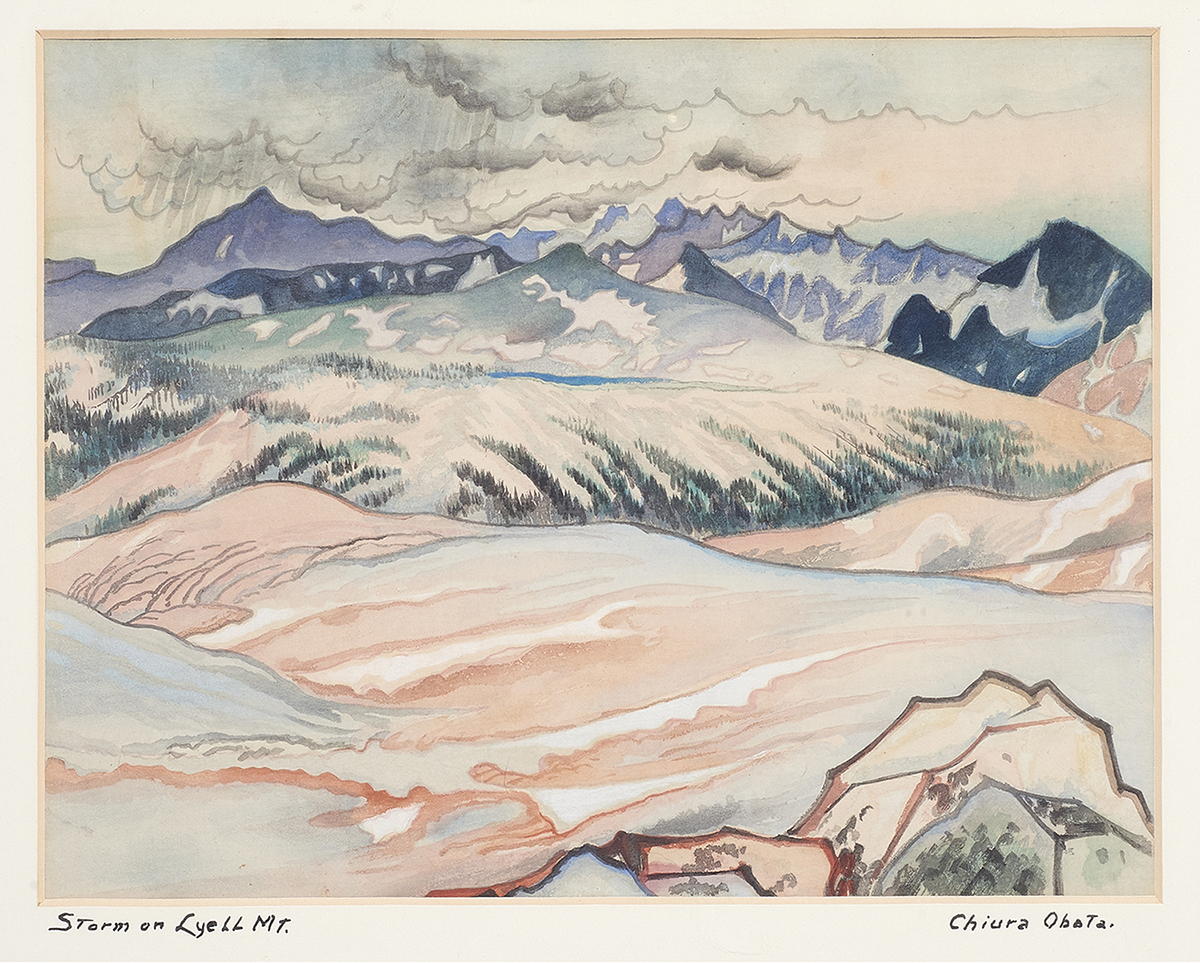
Sold: $13,000
As a young man entering the United States, Obata settled in California and focused his talents on depicting the landscapes he saw, ranging from deserts and treeless plains to the cliffs and lakes of Yosemite. Obata found success with these subjects, working in both painting and woodblock printing, and began his teaching career at the University of California, Berkeley in 1932. During the second World War, Obata experienced discrimination due to his Japanese identity and was interned at the Topaz War Relocation Center in Utah, where he painted some of his darkest and most emotionally resounding works.

Right: Chiura Obata (American/Japanese, 1885–1975), Upper Lyell Fork (from the World Landscape Series), 1930, woodcut print in colors 15.5″ x 10.75″. Sold: $9,100

Sold: $20,000
Throughout his career, the marriage of Japanese and Western approaches to visual language set Obata apart from his peers both in Japan and in the United States. Using Japanese techniques, like woodblock printing and sumi ink-and-brush painting, while portraying distinctly American landscapes earned him a glowing reputation in and around his chosen home of California. Obata’s work resonates within the blended cultures of the San Francisco Bay Area, where his art, whether in subject or technique, feels familiar to so many residents. Obata’s resiliency during and after confronting the horrors of war, with his continued commitment to cultural collaboration, feels just as inspirational and relevant today as it surely was during his lifetime.
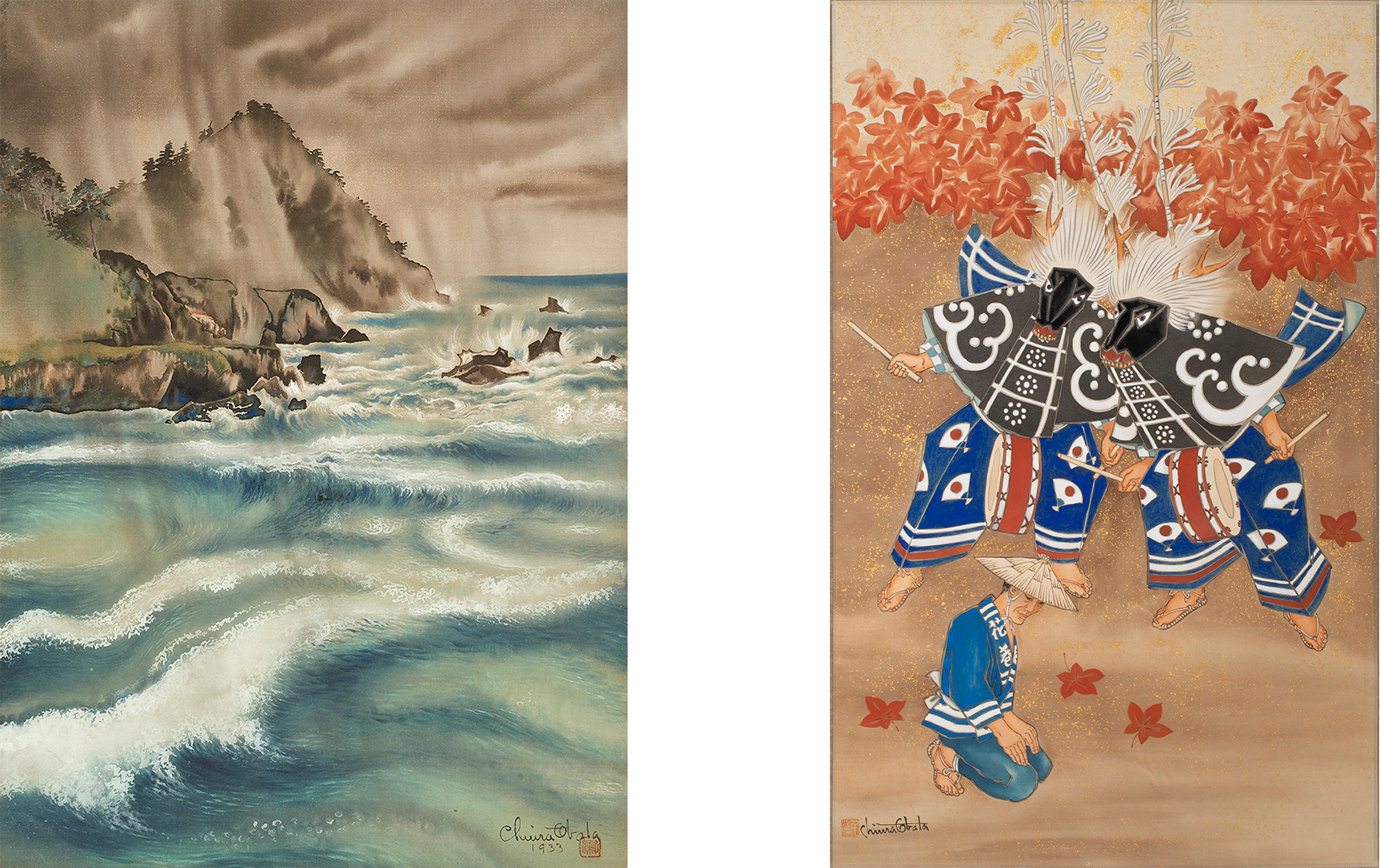
Right: Chiura Obata (Japanese/American, 1885–1975), Deer Dance (Folk Dance), Scare Crow, Northeastern Prefecture, Japan, circa 1960, watercolor, gouache, and gold leaf on silk, 33.5″ x 21″. Sold: $18,750

